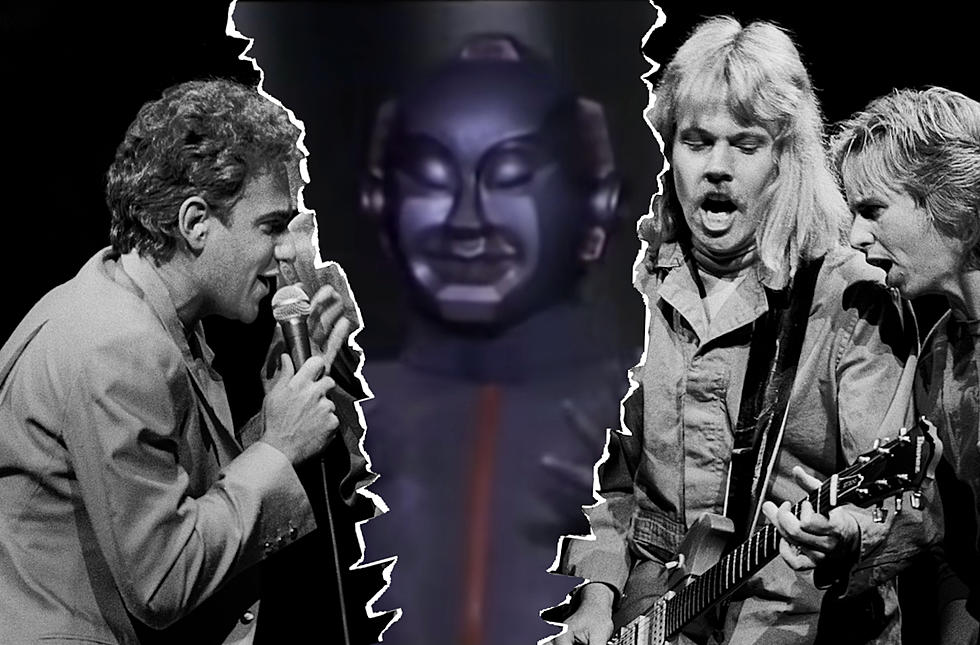
When Styx Struggled to Find Themselves on ‘Man of Miracles’
Styx managed to put out Man of Miracles, their fourth album, while still searching for an identity. The distinctly bipolar material on this record, released Nov. 8, 1974, didn't help.
As with their first three albums, Man of Miracles languished in record stores while their modestly funded independent label Woden Nickel struggled to get some traction for the group. Styx was relatively successful as a touring proposition across the upper Midwest, but only 1973's Styx II has managed to go gold – even all of these years later. The disjointed Man of Miracles, meanwhile, couldn't even crack the Top 150.
On the one hand, the album came off like a boisterous, even at times Stones-influenced blast of uncomplicated rock and roll, based on the joint-composed, party-ready tracks "Rock & Roll Feeling" and "Havin' a Ball" by James "JY" Young and John Curulewski. The same goes for later entries including "A Man Like Me" and "Southern Woman," and a like-styled cover of the Knickerbockers’ mid-‘60s hit "Lies." (Note: Different editions of Man of Miracles swapped out "Lies" for the single "Best Thing," and later an unreleased outtake suitably named "Unfinished Song.")
On the other hand, Man of Miracles indulged in far more ambitious art-rock pretensions, chiefly spearheaded by Dennis DeYoung. Those included the ethereal (and rather lyrically befuddling) "Golden Lark," the elaborate, two-part "Song for Suzanne," a mysterious highlight named "Evil Eyes" and another challenging, if undoubtedly anthemic number called "Christopher, Mr. Christopher."
Not until the album’s closing title track did Styx’s two songwriting camps convincingly join forces in a progressive tour de force. (The wizard-depicting cover art also seems rather quaint, nowadays.) To all appearances, Man of Miracles suggested a major developing rift in the group’s sound, if not their personal relationships — a sign of their uncertainty going forward.
Listen to Styx's 'Man of Miracles'
Then everything changed for Styx in 1975, when radio unexpectedly made a belated monster hit out of "Lady." Originally an overlooked track from Styx II, it shot to No. 6 on the Billboard charts – and concurrently elevated sales for that earlier album. Suddenly, Styx found themselves on the national radar and whisked away from Wooden Nickel by A&M Records.
Styx's new label luckily showed just as much patience with the group when subsequent offerings like 1975’s Equinox and 1976’s Crystal Ball (where Tommy Shaw replaced Curulewski) enjoyed only moderate success.
It would be 1977, and The Grand Illusion, before Styx had its watershed platinum breakout. By then, Man of Miracles was but a distant memory to most of the band’s recent fan acquisitions – if they remembered it all. Still, Styx couldn’t have gotten where they did without the lessons learned here.
Styx Albums Ranked
More From Ultimate Classic Rock









